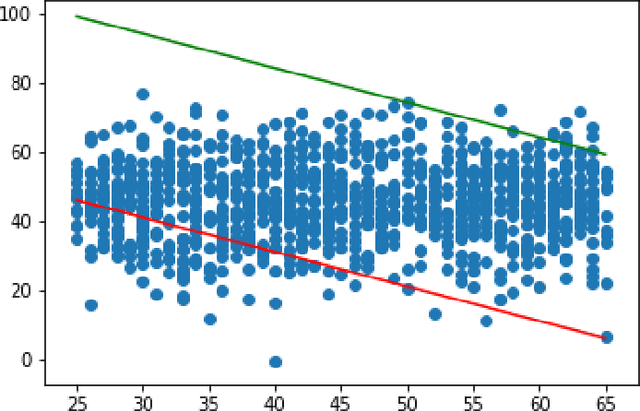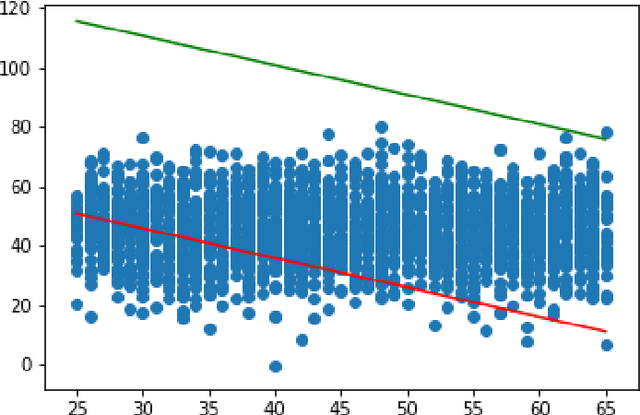Sourin Chakrabarti
Sequential Minimal Optimization for One-Class Slab Support Vector Machine
Nov 06, 2020


Abstract:One Class Slab Support Vector Machines (OCSSVM) have turned out to be better in terms of accuracy in certain classes of classification problems than the traditional SVMs and One Class SVMs or even other One class classifiers. This paper proposes fast training method for One Class Slab SVMs using an updated Sequential Minimal Optimization (SMO) which divides the multi variable optimization problem to smaller sub problems of size two that can then be solved analytically. The results indicate that this training method scales better to large sets of training data than other Quadratic Programming (QP) solvers.
Efficient image retrieval using multi neural hash codes and bloom filters
Nov 06, 2020



Abstract:This paper aims to deliver an efficient and modified approach for image retrieval using multiple neural hash codes and limiting the number of queries using bloom filters by identifying false positives beforehand. Traditional approaches involving neural networks for image retrieval tasks tend to use higher layers for feature extraction. But it has been seen that the activations of lower layers have proven to be more effective in a number of scenarios. In our approach, we have leveraged the use of local deep convolutional neural networks which combines the powers of both the features of lower and higher layers for creating feature maps which are then compressed using PCA and fed to a bloom filter after binary sequencing using a modified multi k-means approach. The feature maps obtained are further used in the image retrieval process in a hierarchical coarse-to-fine manner by first comparing the images in the higher layers for semantically similar images and then gradually moving towards the lower layers searching for structural similarities. While searching, the neural hashes for the query image are again calculated and queried in the bloom filter which tells us whether the query image is absent in the set or maybe present. If the bloom filter doesn't necessarily rule out the query, then it goes into the image retrieval process. This approach can be particularly helpful in cases where the image store is distributed since the approach supports parallel querying.
 Add to Chrome
Add to Chrome Add to Firefox
Add to Firefox Add to Edge
Add to Edge